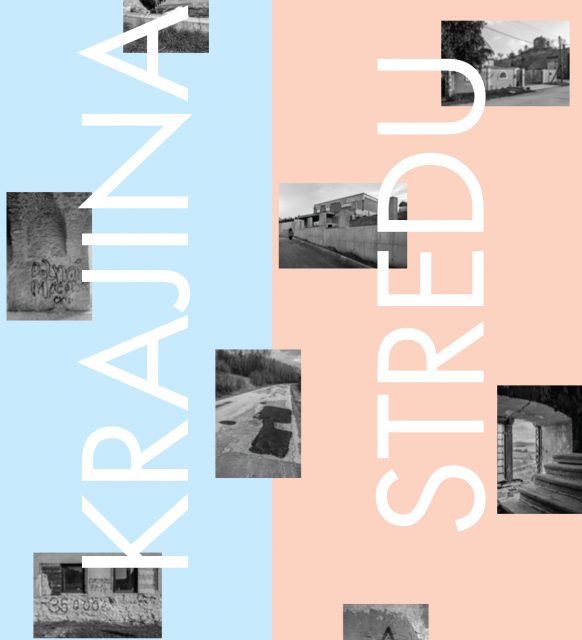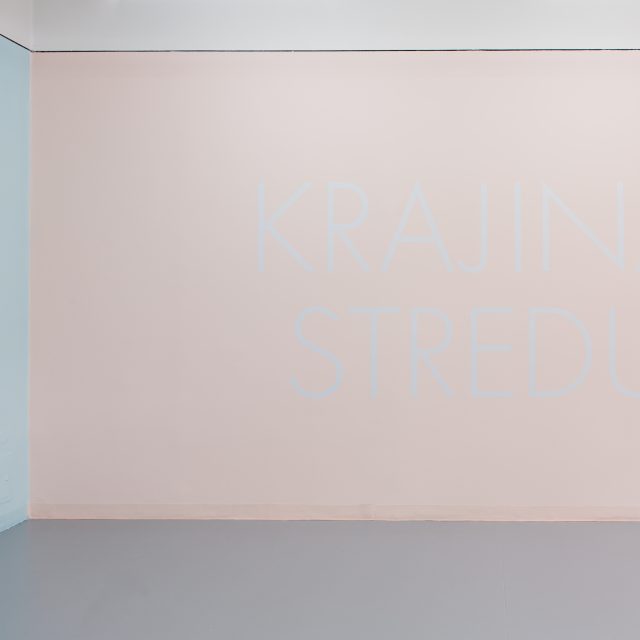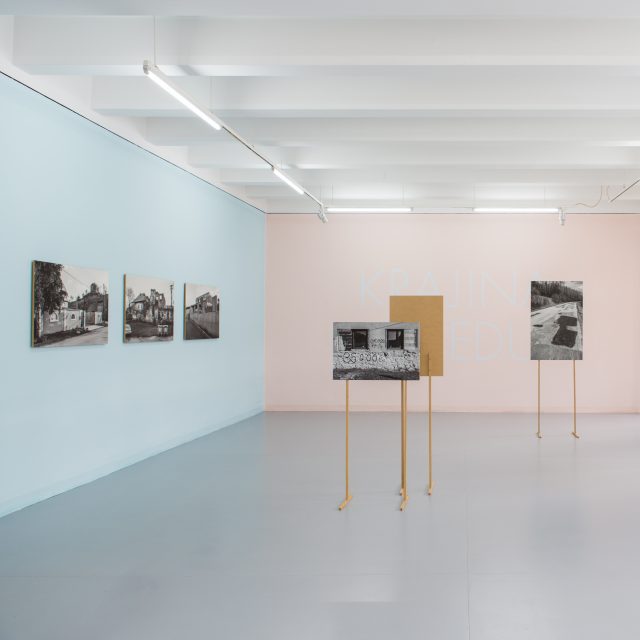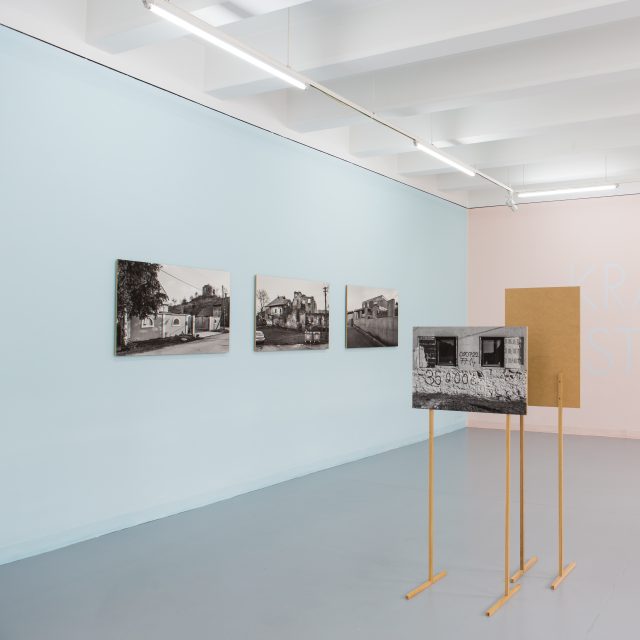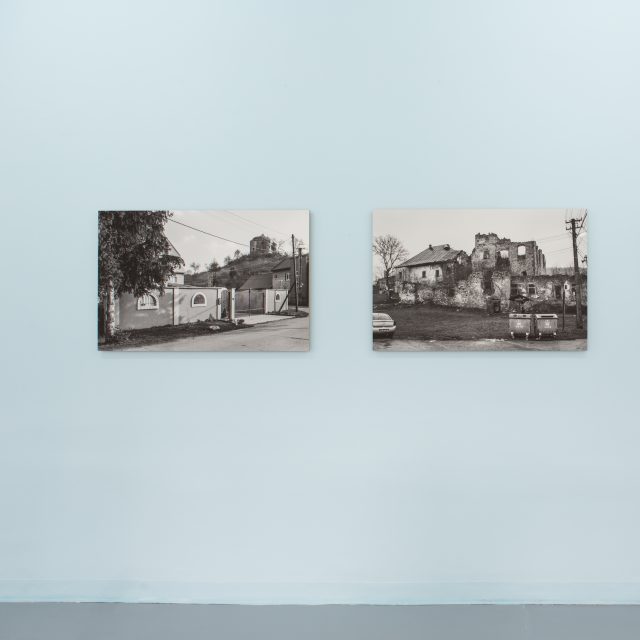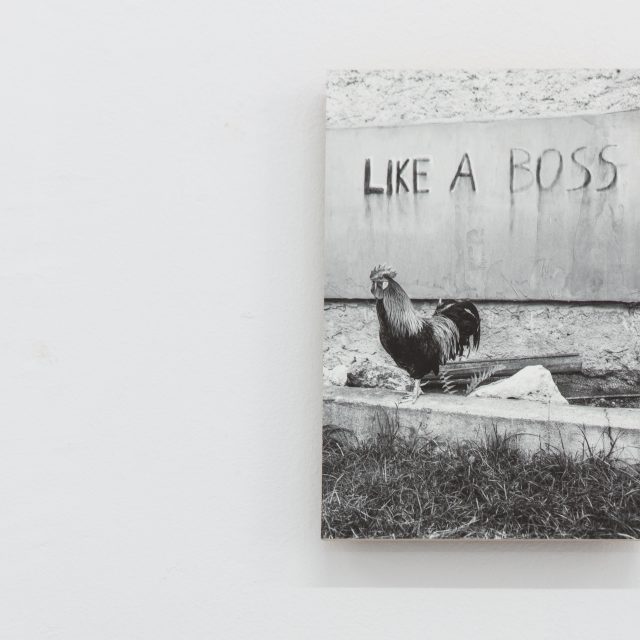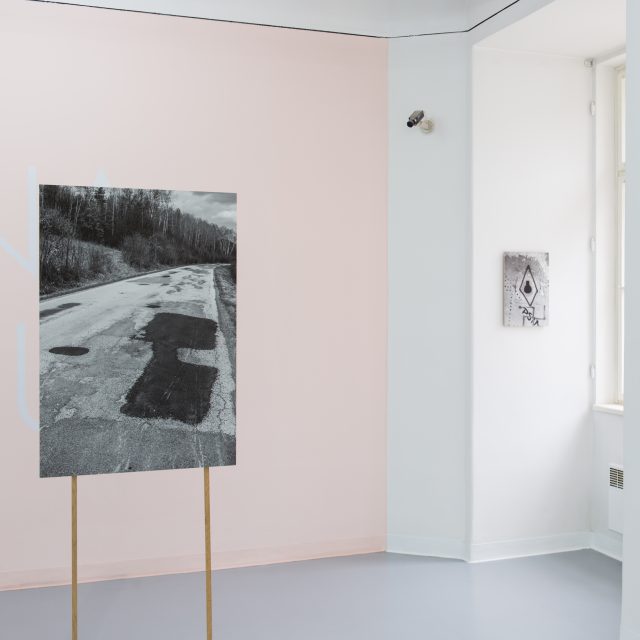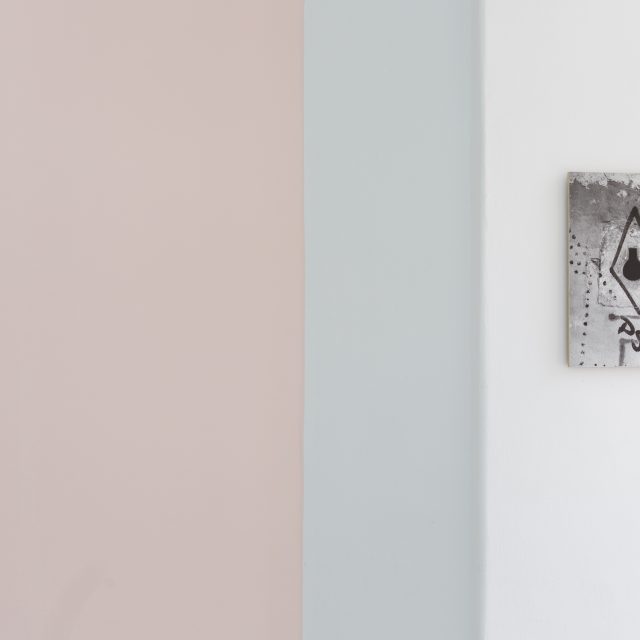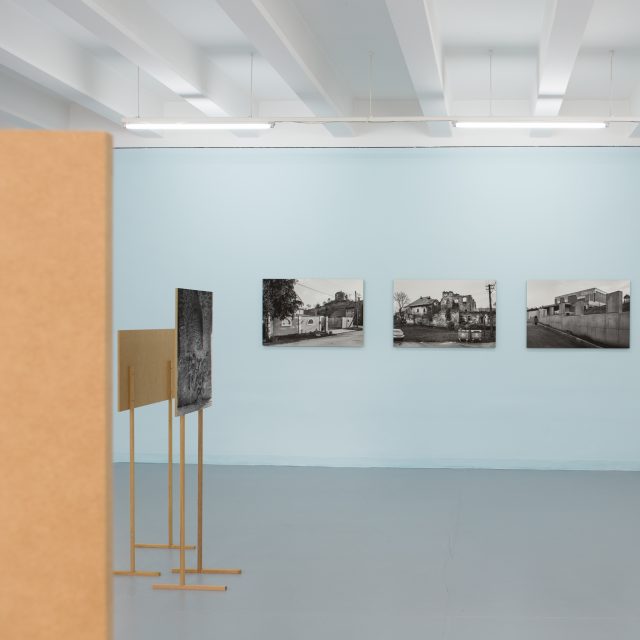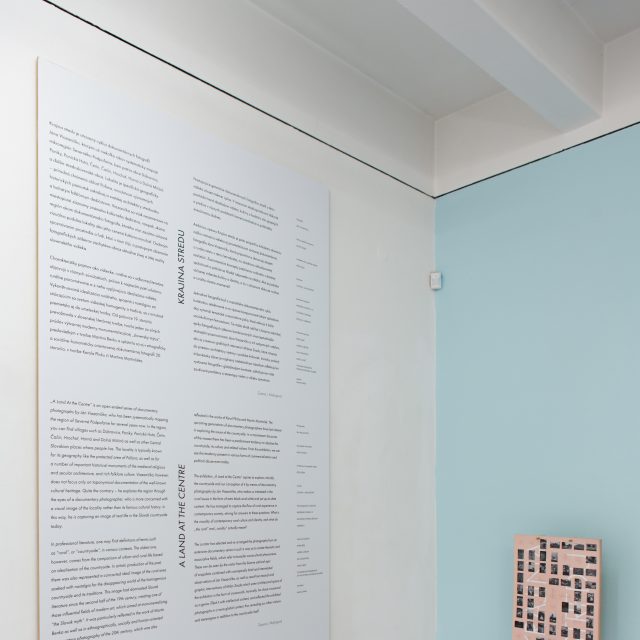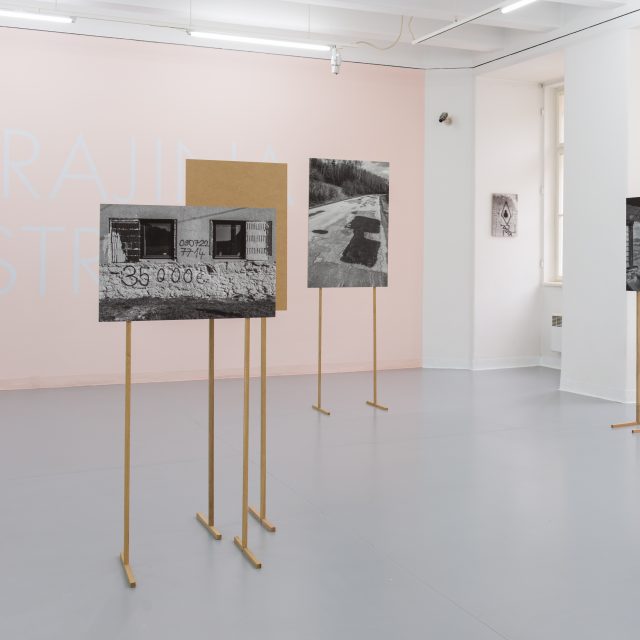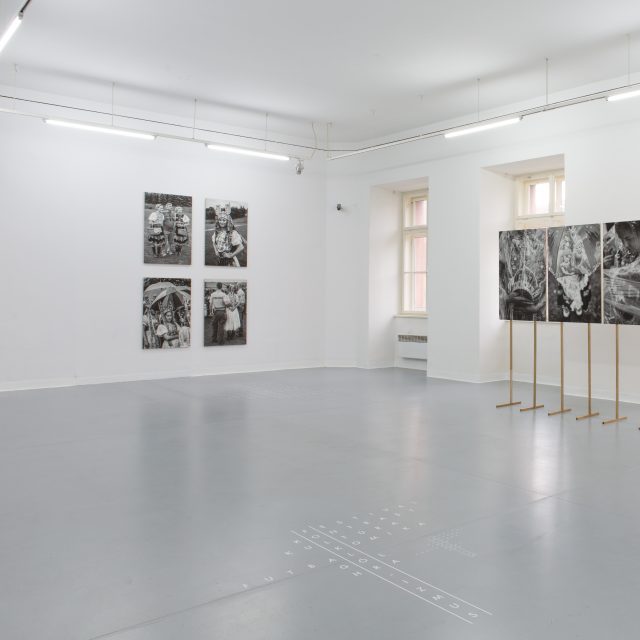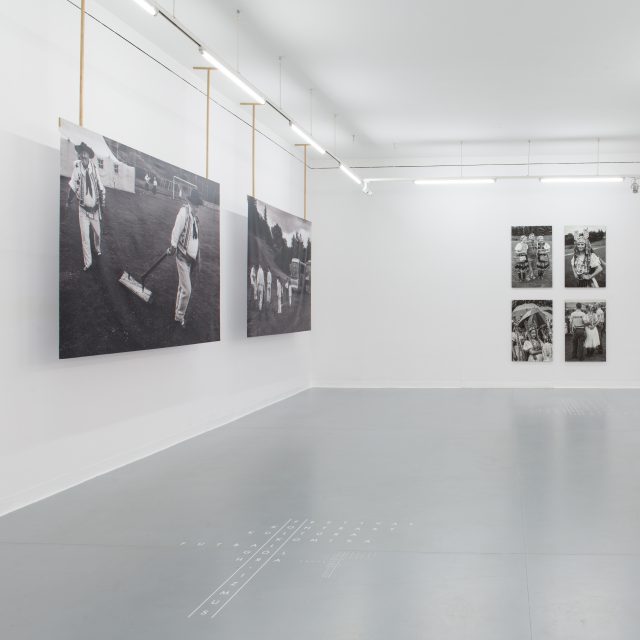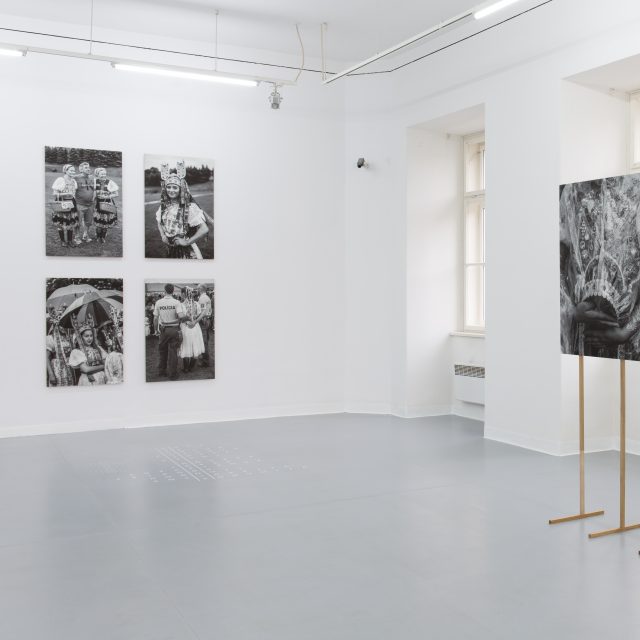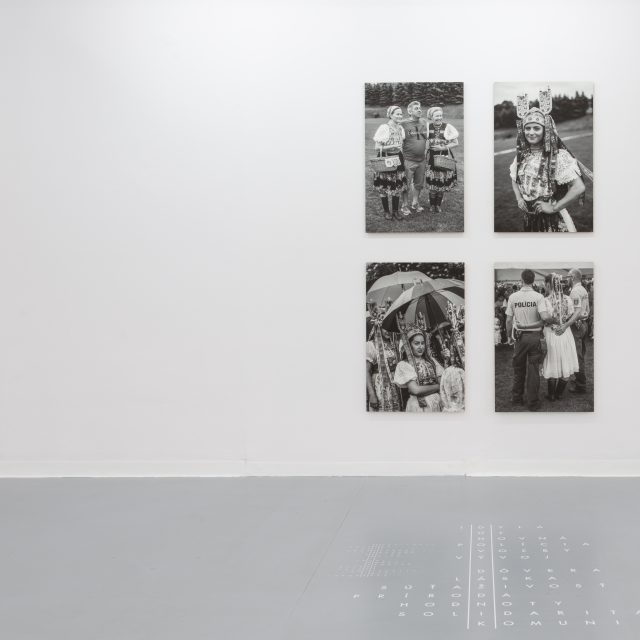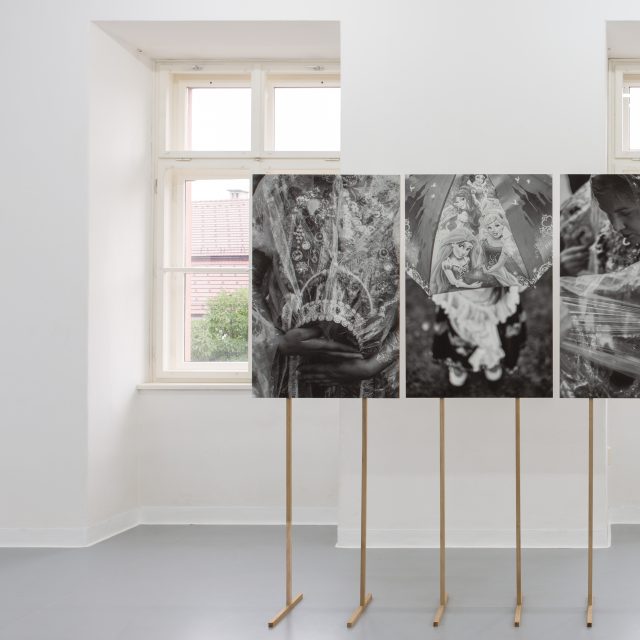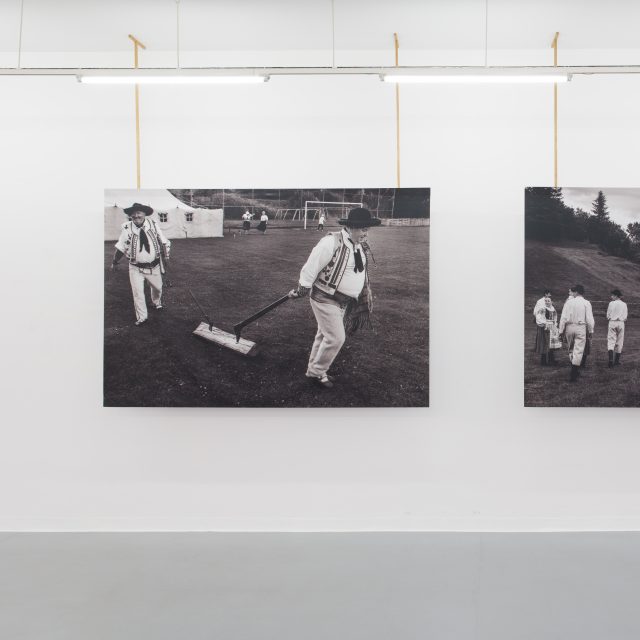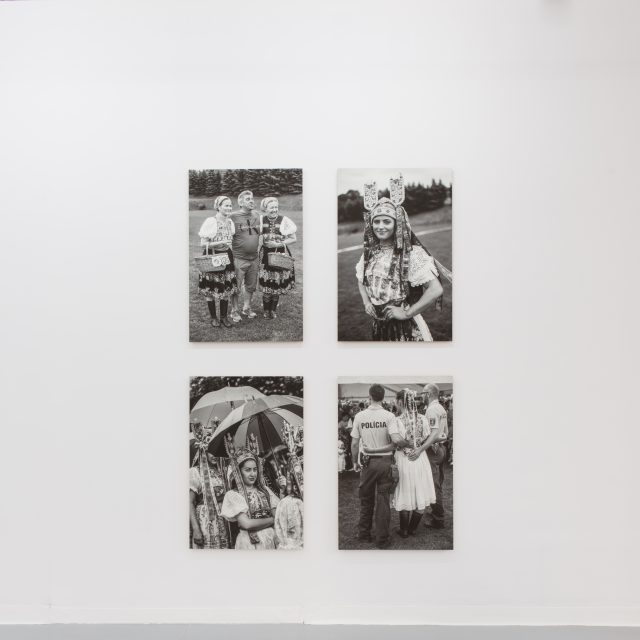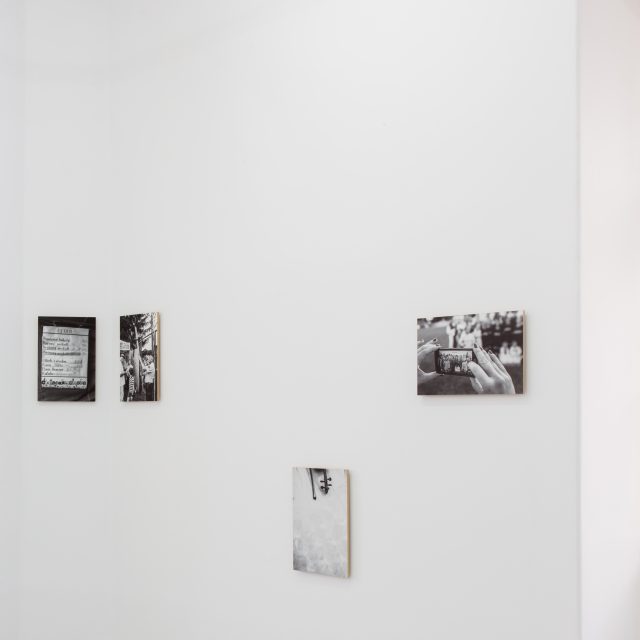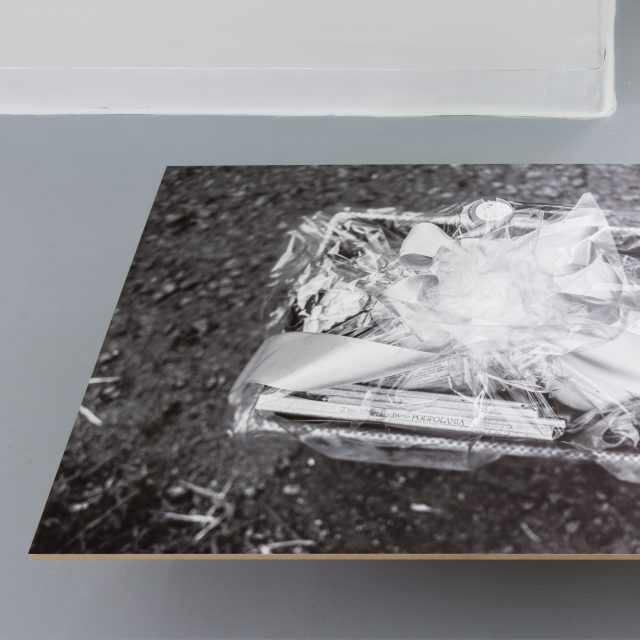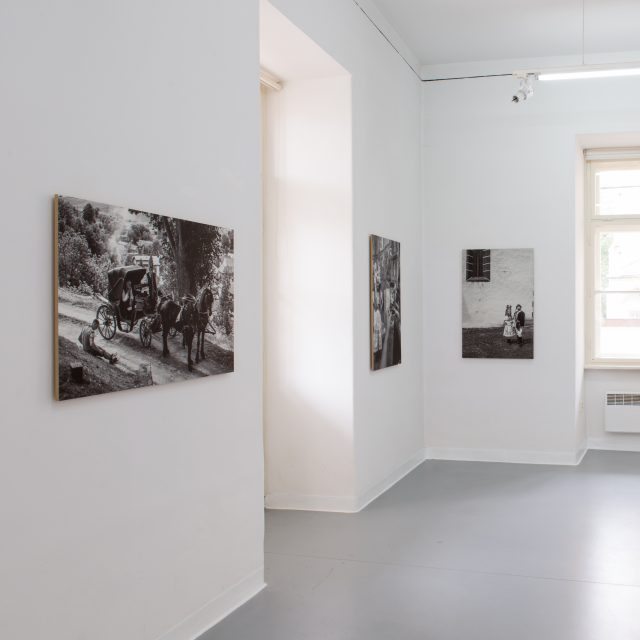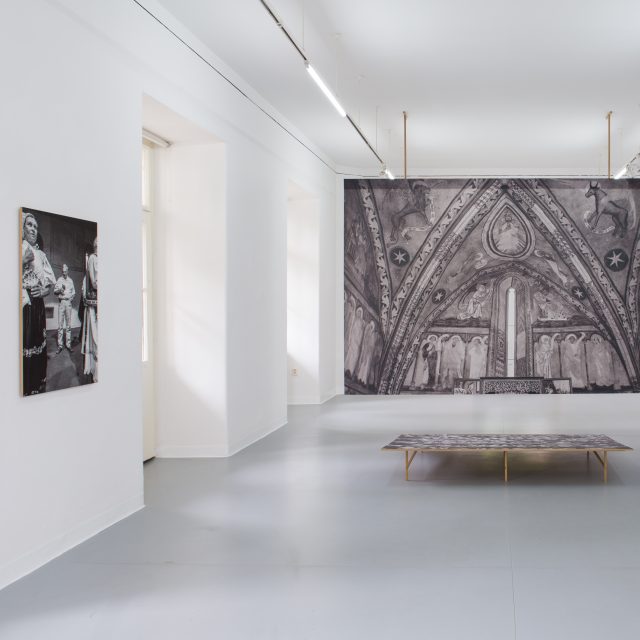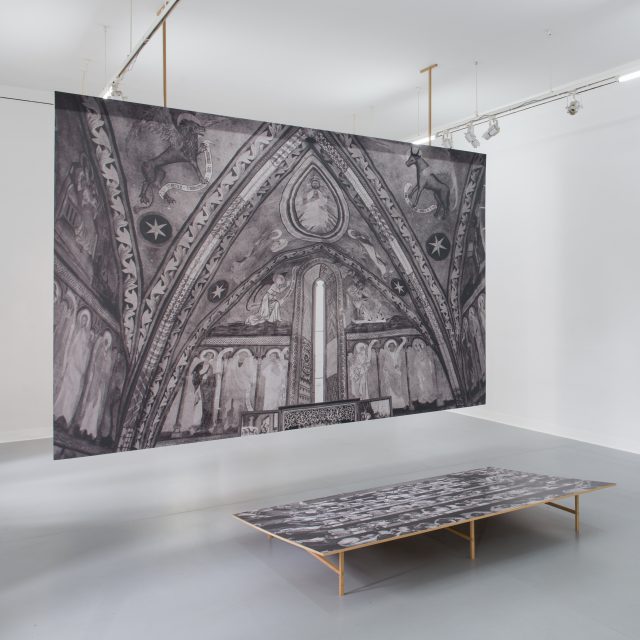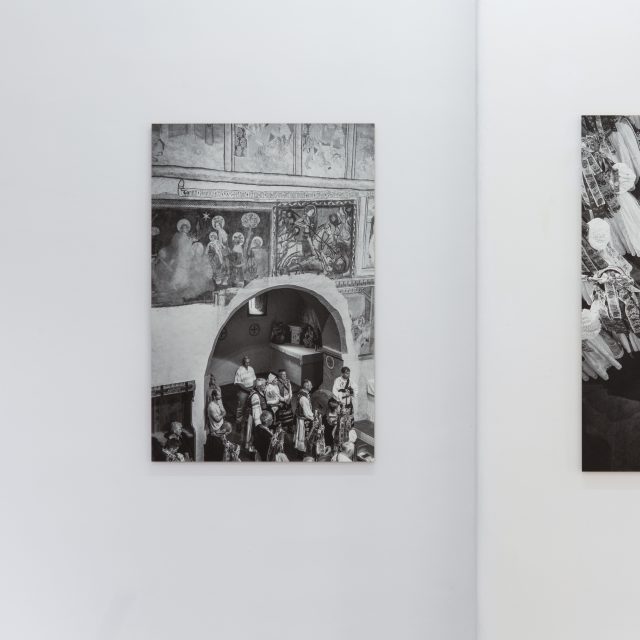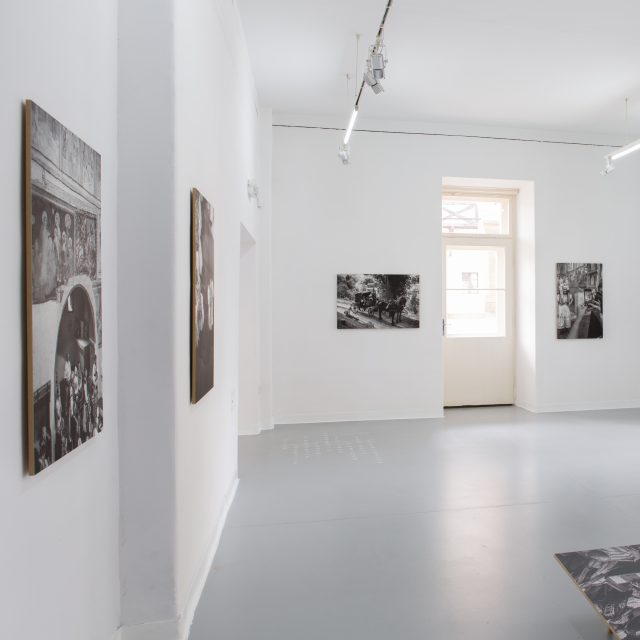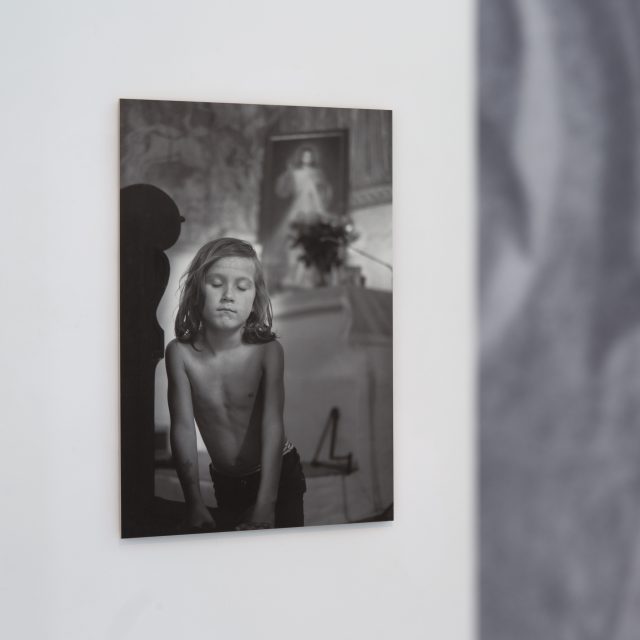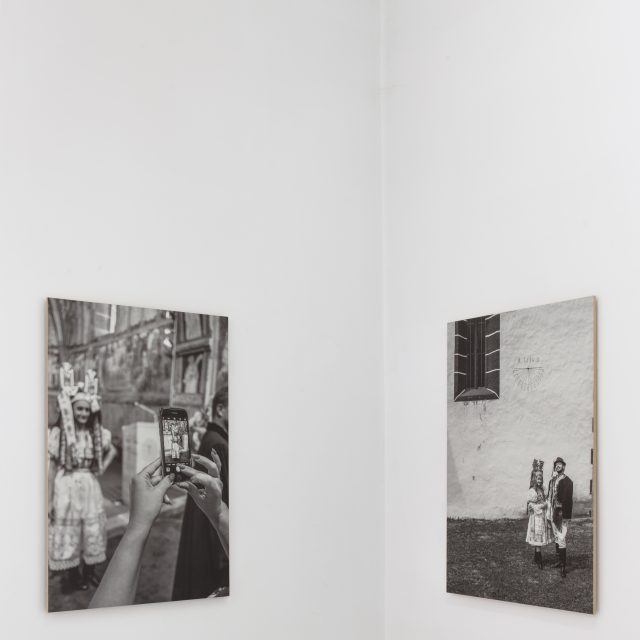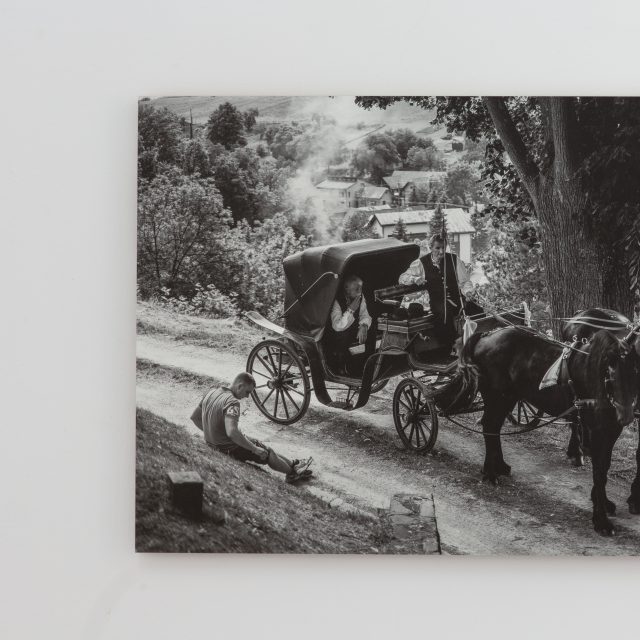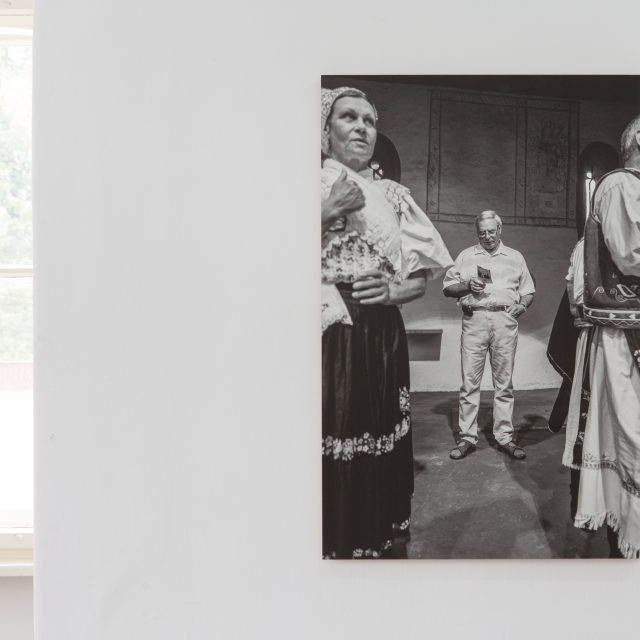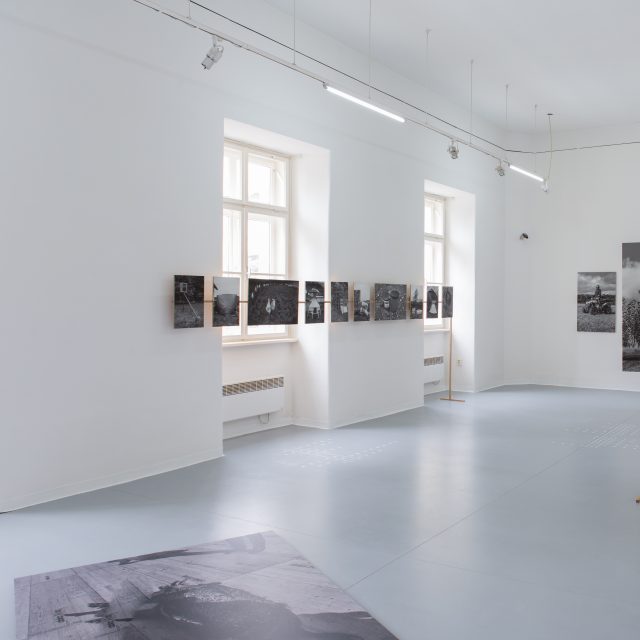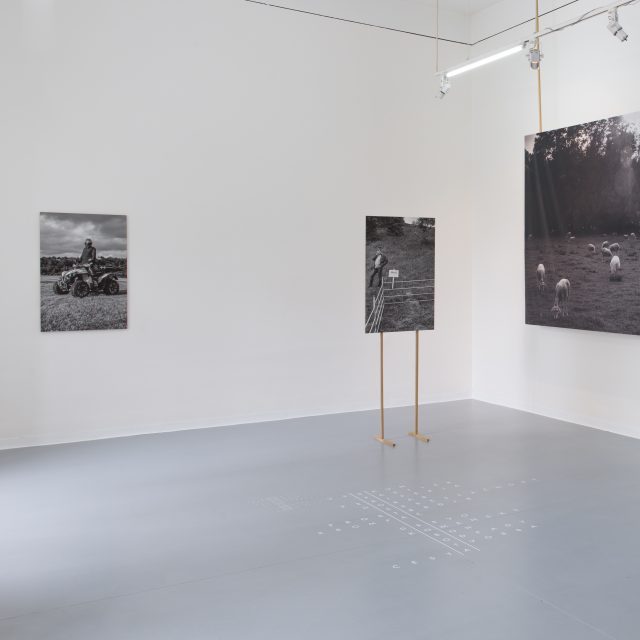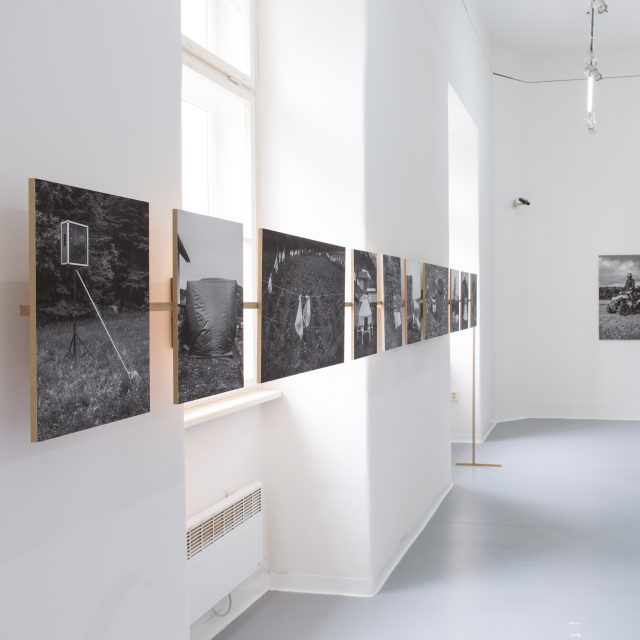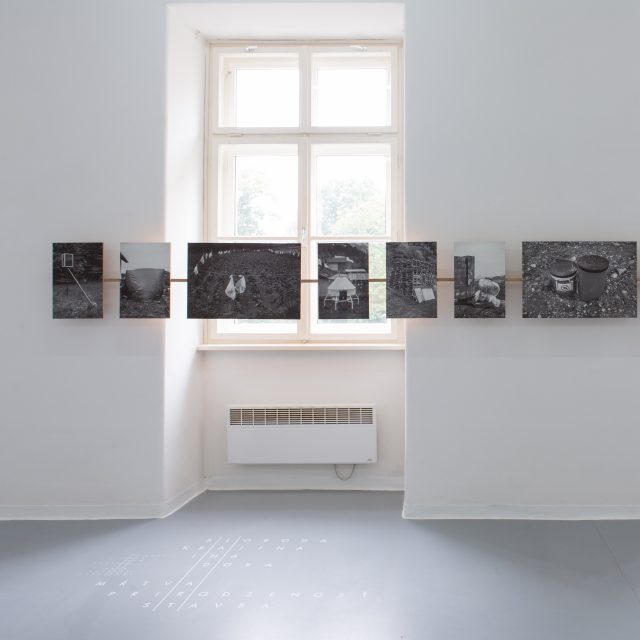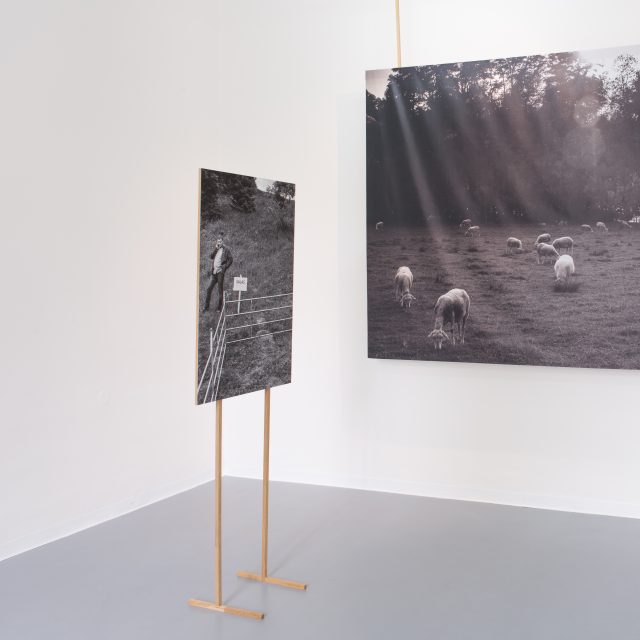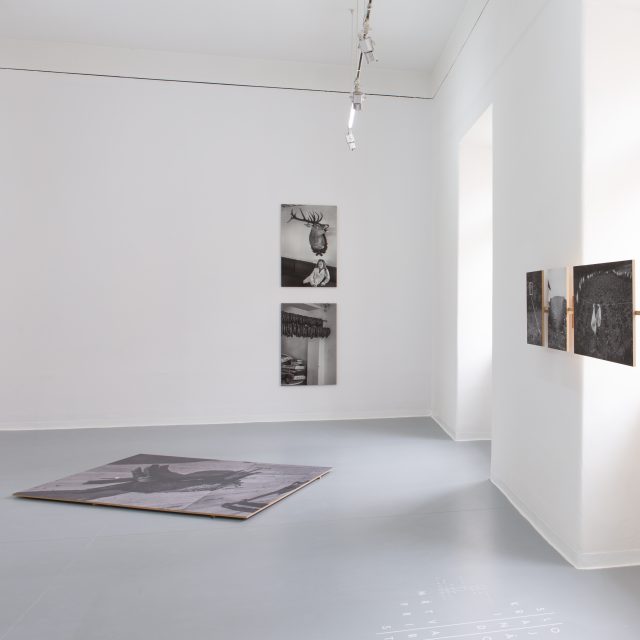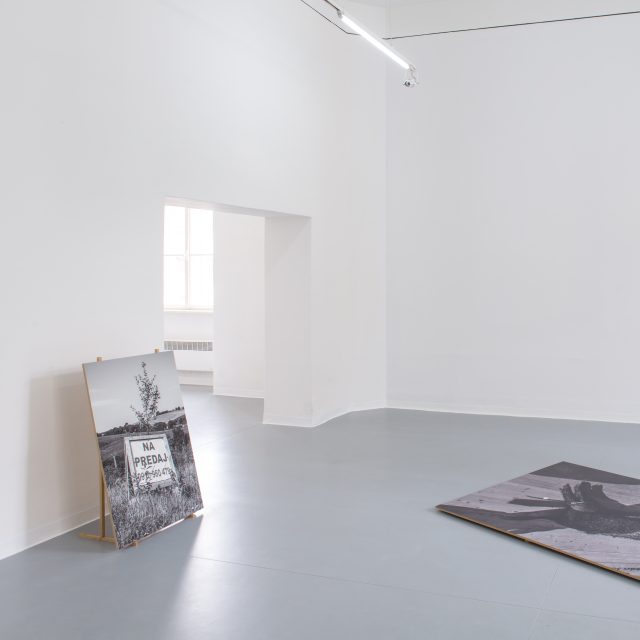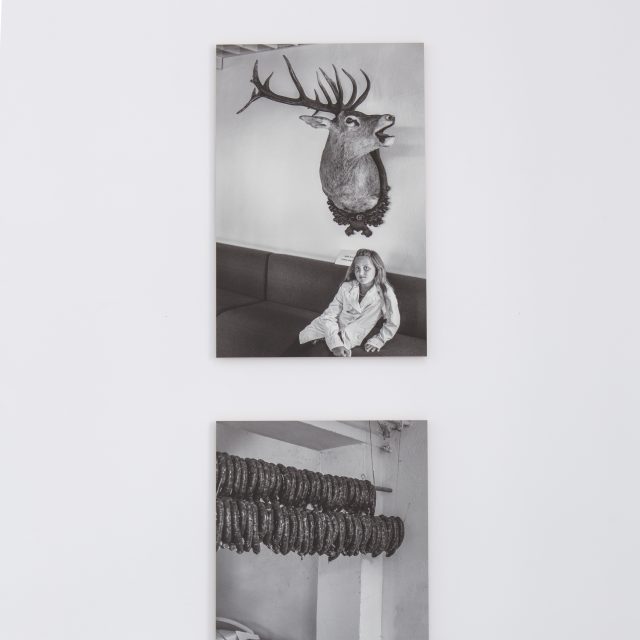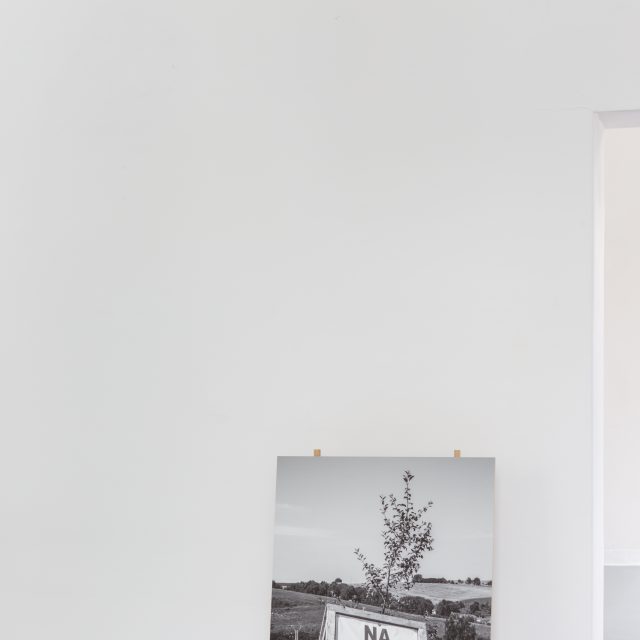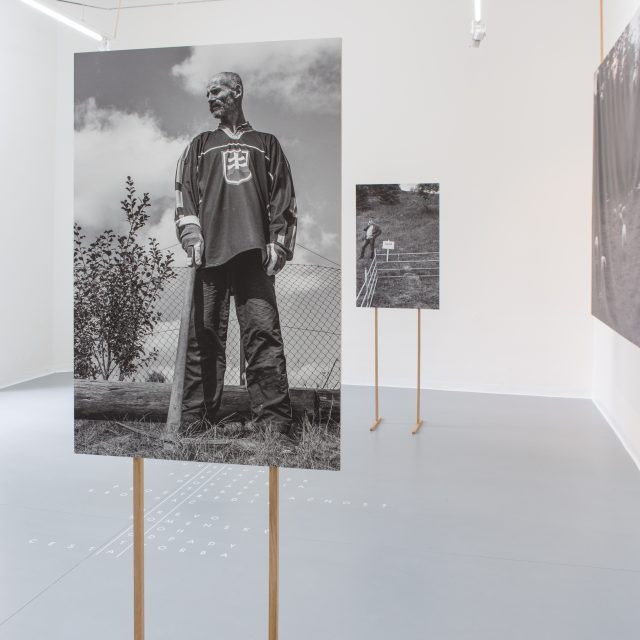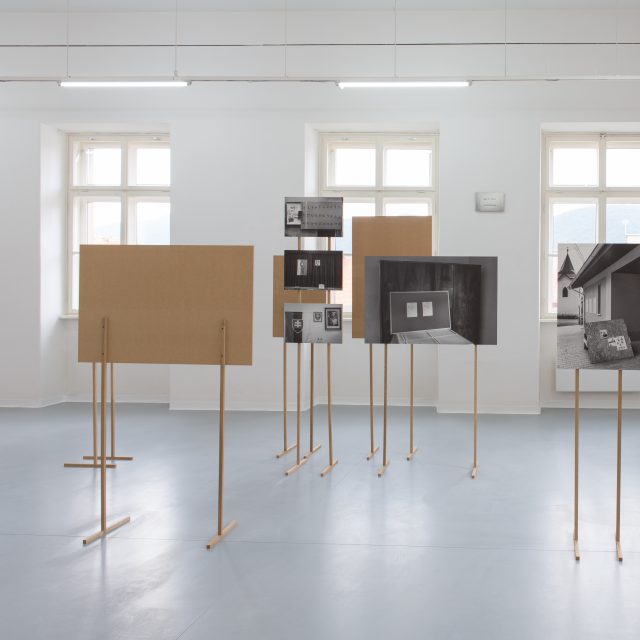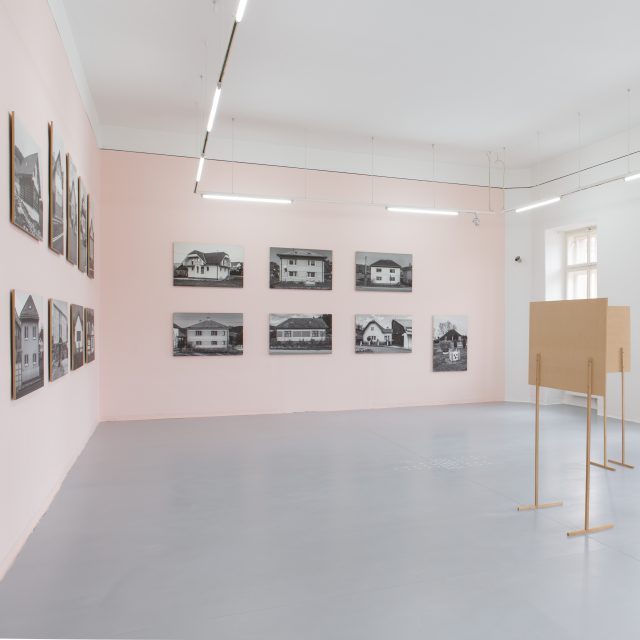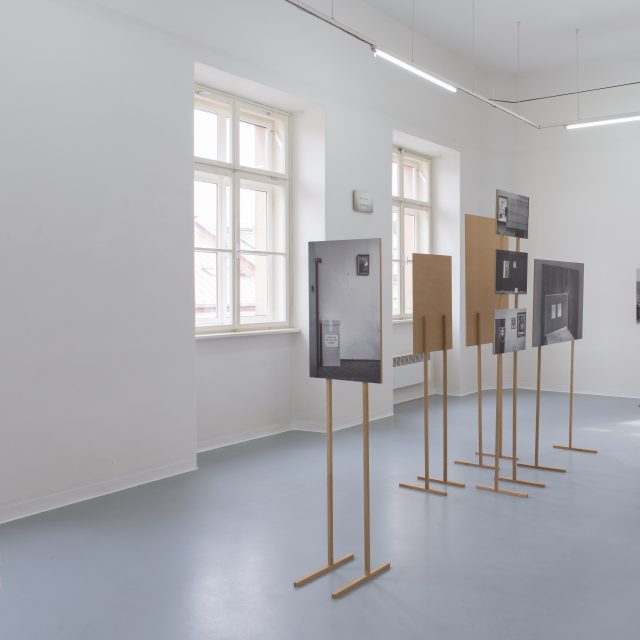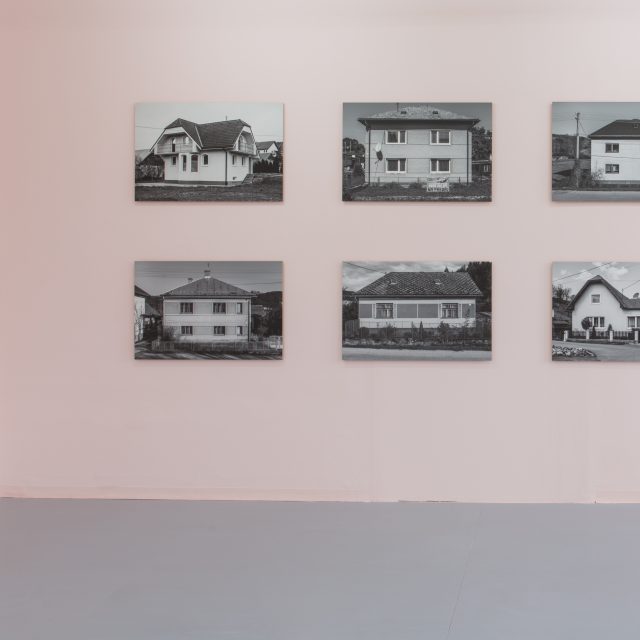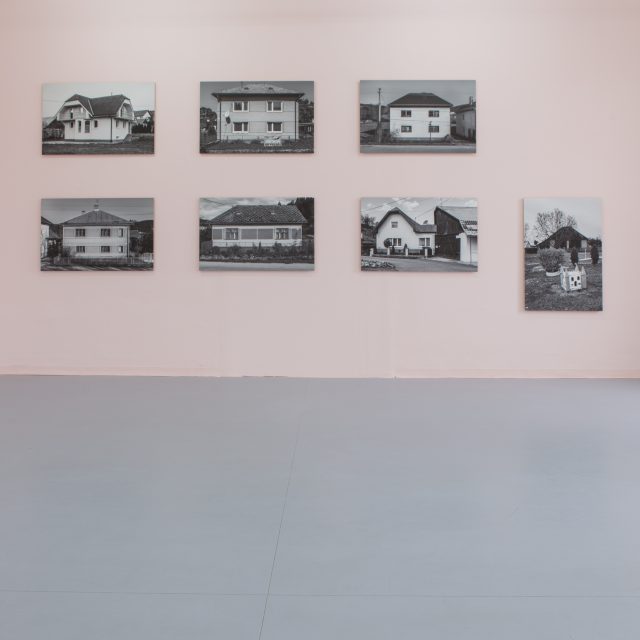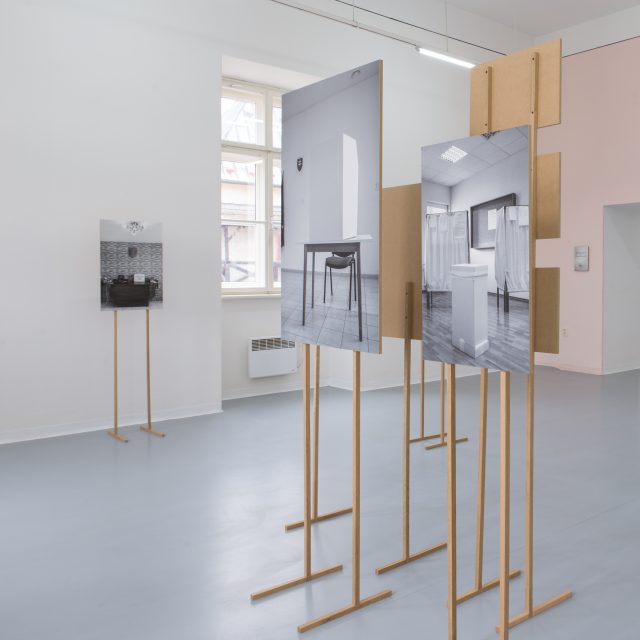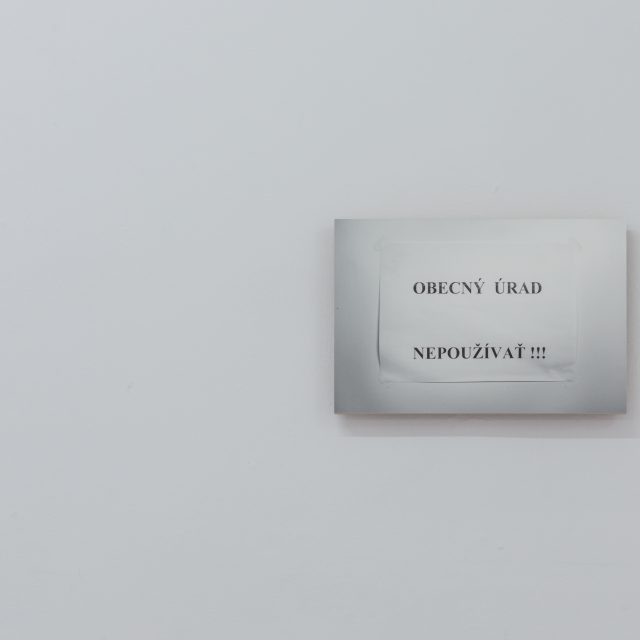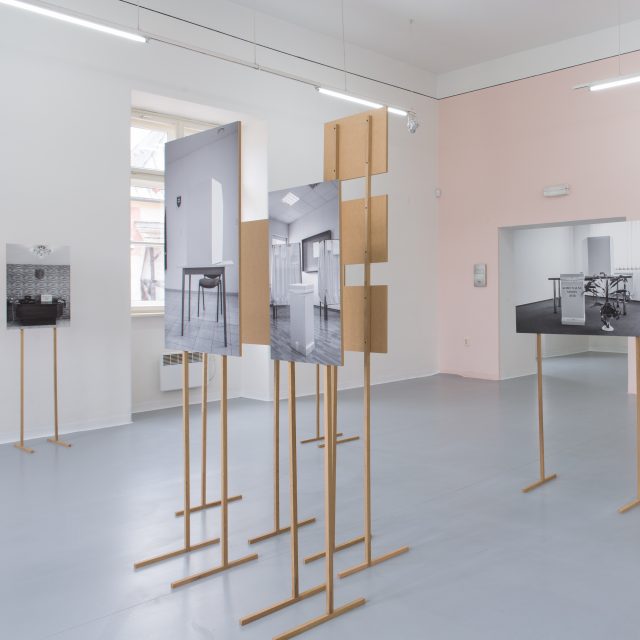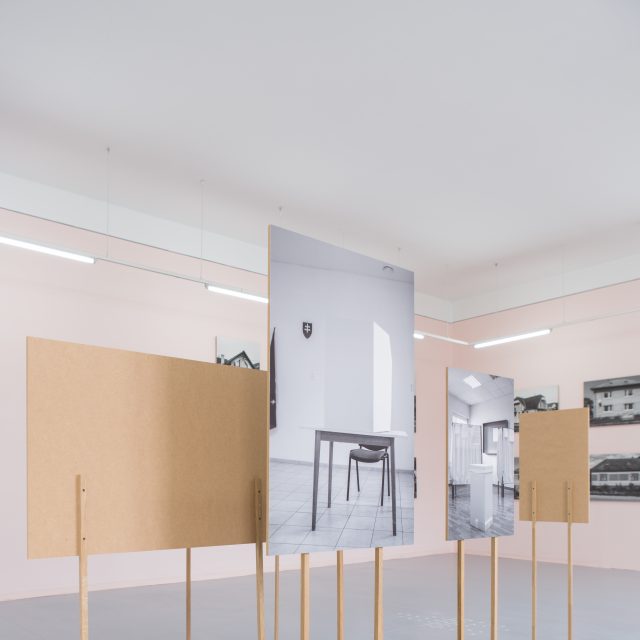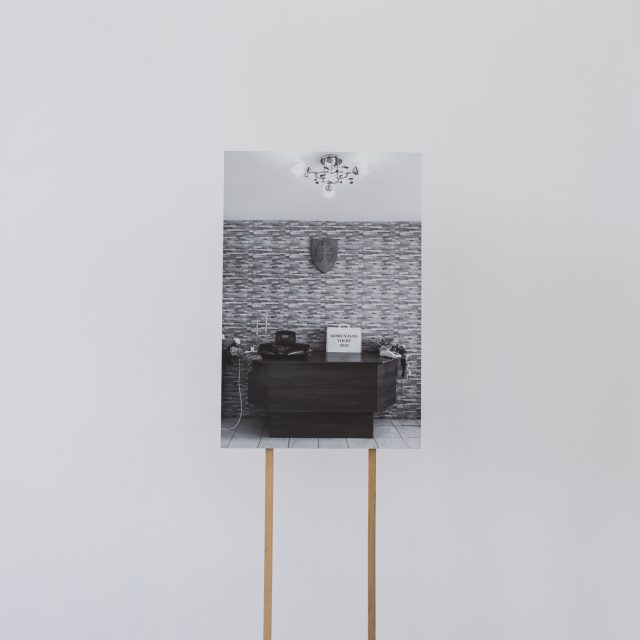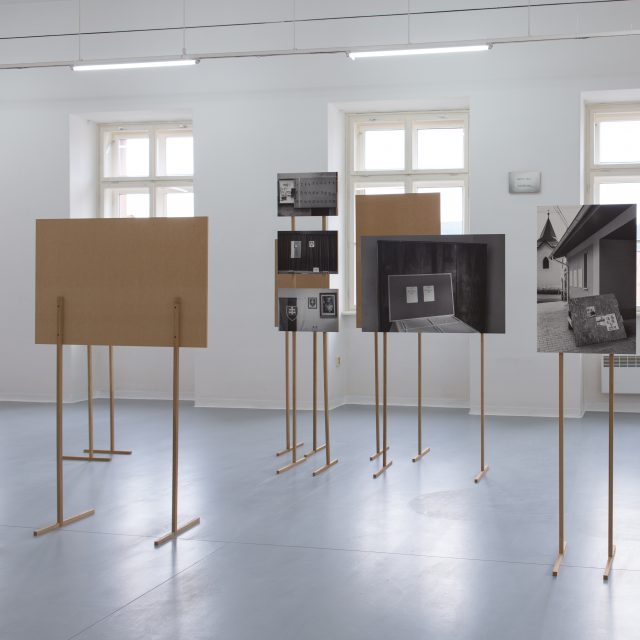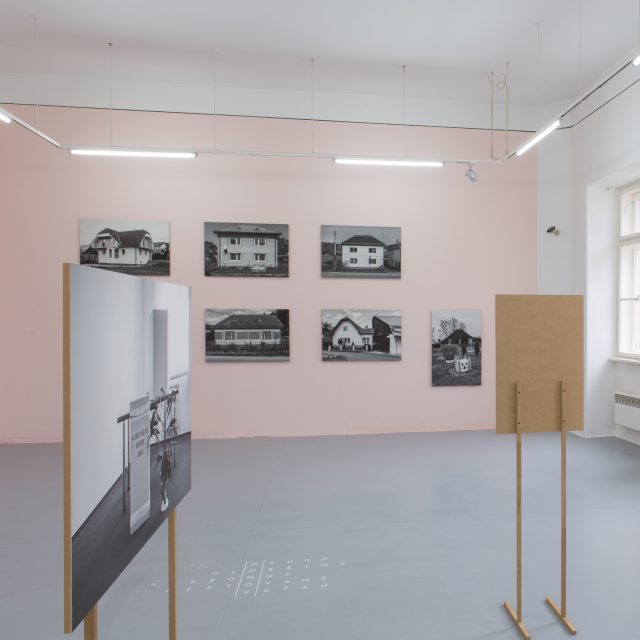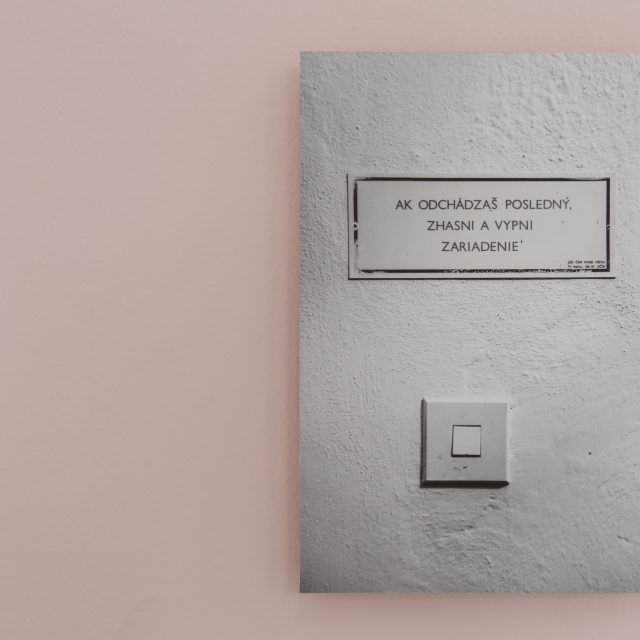„A Land At the Centre“ is an open-ended series of documentary photographs by Ján Viazanička, who has been systematically mapping the region of Severné Podpoľanie for several years now. In the region, you can find villages such as Dúbravica, Poniky, Ponická Huta, Čerín, Čačín, Hrochoť, Horná and Dolná Mičiná as well as other Central Slovakian places where people live. The locality is typically known for its geography like the protected area of Poľana, as well as for a number of important historical monuments of the medieval religious and secular architecture, and rich folklore culture. Viazanička, however, does not focus only on toponymical documentation of the well-known cultural heritage. Quite the contrary – he explores the region through the eyes of a documentary photographer, who is more concerned with a visual image of the locality rather than its famous cultural history. In this way, he is capturing an image of real life in the Slovak countryside today.
In professional literature, one may find definitions of terms such as “rural”, or “countryside”, in various contexts. The oldest one, however, comes from the comparison of urban and rural life based on idealisation of the countryside. In artistic production of the past, there was also represented a concocted ideal image of the rural area soaked with nostalgia for the disappearing world of the homogenous countryside and its traditions. This image had dominated Slovak literature since the second half of the 19th century, creating one of those influential fields of modern art, which aimed at monumentalizing “the Slovak myth”. It was particularly reflected in the work of Martin Benka as well as in ethnographically, socially and human-oriented documentary photography of the 20th century, which was also reflected in the works of Karol Plicka and Martin Martinček. The upcoming generations of documentary photographers have lost interest in exploring the issues of the countryside. In a mainstream discourse of the masses there has been a predominant tendency to idealise the countryside, its culture and related values. From this exhibition, we can see this tendency present in various forms of commercialisation and political abuse even today.
The exhibition „A Land at the Centre“ aspires to explore critically the countryside and our conception of it by means of documentary photography by Ján Viazanička, who makes us interested in the rural issues in the form of retro black-and-white and yet up-to-date content. He has managed to capture the flow of rural experience in contemporary society, striving for answers to these questions: What is the visuality of contemporary rural culture and identity, and what do „the rural“ and „rurality“ actually mean?
The curator has selected and re-arranged the photographs from an extensive documentary series in such a way as to create thematic and associative fields, which refer to broader sociocultural phenomena. These can be seen by the visitor from the bizarre satirical epic of snapshots combined with conceptually brief and interrelated observations of Ján Viazanička, as well as read from textual and graphic interventions of Milan Zvada which enter architectural space of the exhibition in the form of crosswords. Ironically, he chose crossword as a genre, filled it with intellectual content, and reflected the exhibited photographs in a more global context, thus revealing our other notions and stereotypes in addition to the countryside itself.
Zuzana L. Majlingová
Exhibition Title: A Land at the Centre
Photography: Ján Viazanička
Text-graphic intervention: Milan Zvada
Architectural and graphic design: Peter Liška
Curator: Zuzana L. Majlingová
The photographer’s residencies: Periférne centrá o.z., Kultúrne centrum Škôlka v Dúbravici
Technical realisation: Peter Liška, Alžbeta Lišková, Ján Viazanička, Matej Lukáč and the Exhibition department of the Central Slovakian Gallery
Implemented with the financial support of the Banská Bystrica Self-Governing Region.
The exhibition and accompanying activities were supported from public sources by the Slovak Arts Council.
